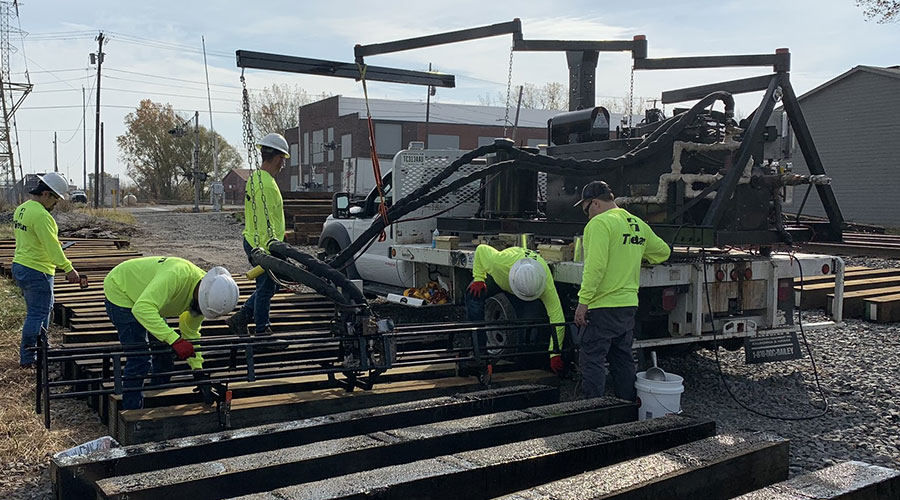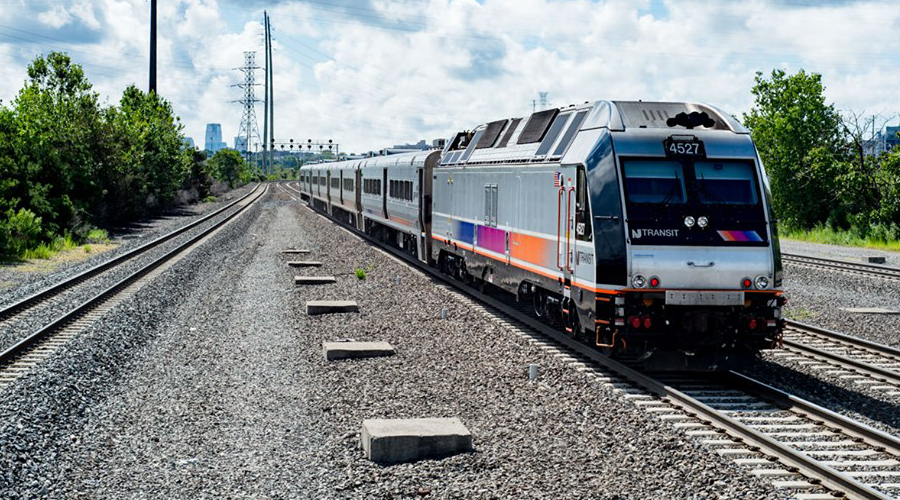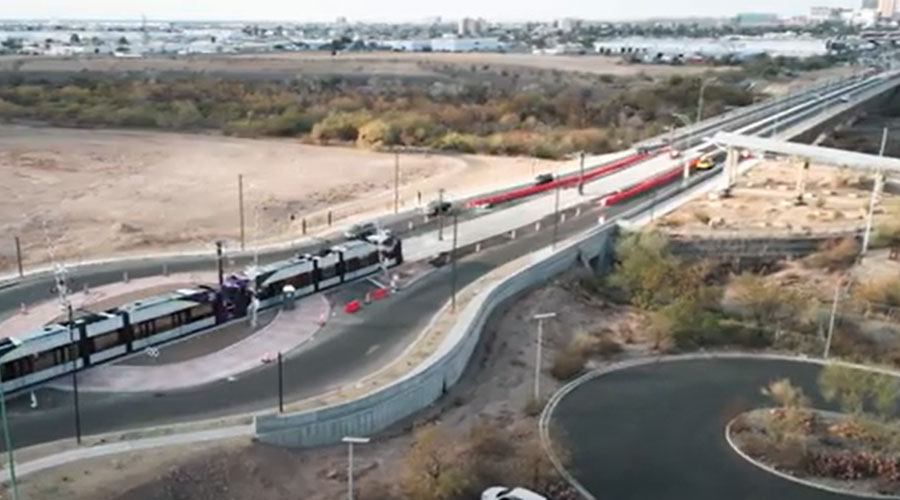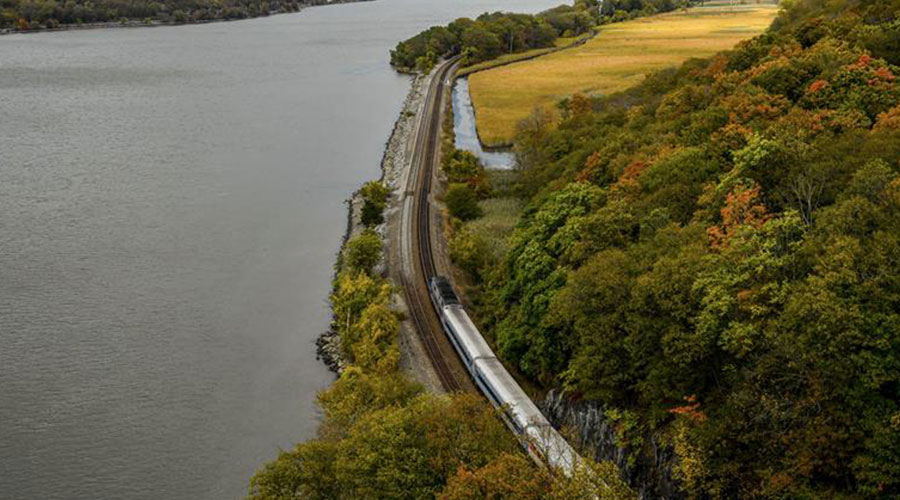Stay updated on news, articles and information for the rail industry
9/25/2014
Rail News: Safety
NTSB releases report, issues recommendations on roadway worker safety
The National Transportation Safety Board (NTSB) yesterday issued a special investigation report on the recent increase in fatalities of railroad and transit-rail roadway employees working on or near tracks.
The "Special Investigation Report on Railroad and Rail Transit Roadway Worker Protection" provides details of 14 fatal accidents in 2013, and includes recommendations to several federal agencies on ways to reduce fatalities. Last year, 15 roadway workers died, the most killed on duty in one year since 1995's 12 fatalities.
The number of fatalities in 2013, the findings from investigations of those deaths and an increasing number of roadway fatalities prompted the NTSB to examine the issue of roadway worker safety more closely and recommend actions to address shortcomings, board members said in a press release.
"Railroad roadway worker deaths have increased over the past three years, [and] this trend is unacceptable," said NTSB Acting Chairman Christopher Hart.
Railroad and transit-rail roadway workers are subject to on-the-job risks and hazards that are markedly different from those faced by other railroad employees, NTSB officials said. Of the 15 fatalities in 2013, 11 resulted from 11 accidents on freight railroads and four occurred on commuter or transit railroads. The average number of rail worker fatalities has fluctuated, but has averaged about 6.4 per year from 1990 to 2013.
Among the report's findings, the NTSB learned that comprehensive job briefings could help prevent accidents and that national inspection protocols for work activities are necessary to ensure the safety of roadway workers.
The NTSB issued recommendations to the Federal Railroad Administration (FRA), Federal Transit Administration (FTA), Occupational Safety and Health Administration (OSHA) and the Fatality Analysis of Maintenance-of-Way Employees and Signalmen Committee, which call for additional training, harmonization of standards, a national inspection program and greater stakeholder participation in roadway worker fatalities.
Recommendations to the FRA include revising portions of regulations for comprehensive job briefings for roadway workers to include the best practices in certain OSHA standards; revising its national inspection program to include a specific emphasis on roadway worker activities, including hazard recognition and mitigation in job briefings; and working with OSHA to establish clear guidelines for railroads and railroad workers detailing when and where OSHA standards are to be applied.
Recommendations to the FTA include establishing roadway worker protection rules, including requirements for job briefings, with assistance from the FRA and OSHA; creating a national inspection program that specifically includes roadway worker activities; establishing an agreement with OSHA to collaborate on any investigation of an on-duty transit-rail employee; and forming a committee for transit rail similar to the Fatality Analysis of Maintenance-of-Way Employees and Signalmen Committee.
The NTSB also recommends the FRA and FTA require initial and recurring training for roadway workers in hazard recognition and mitigation, and include union participation in accident investigations similar to that allowed by OSHA.


 2025 MOW Spending Report: Passenger-rail programs
2025 MOW Spending Report: Passenger-rail programs
 Gardner steps down as Amtrak CEO
Gardner steps down as Amtrak CEO
 Guest comment: Oliver Wyman’s David Hunt
Guest comment: Oliver Wyman’s David Hunt
 Women of Influence in Rail eBook
Women of Influence in Rail eBook
 railPrime
railPrime







